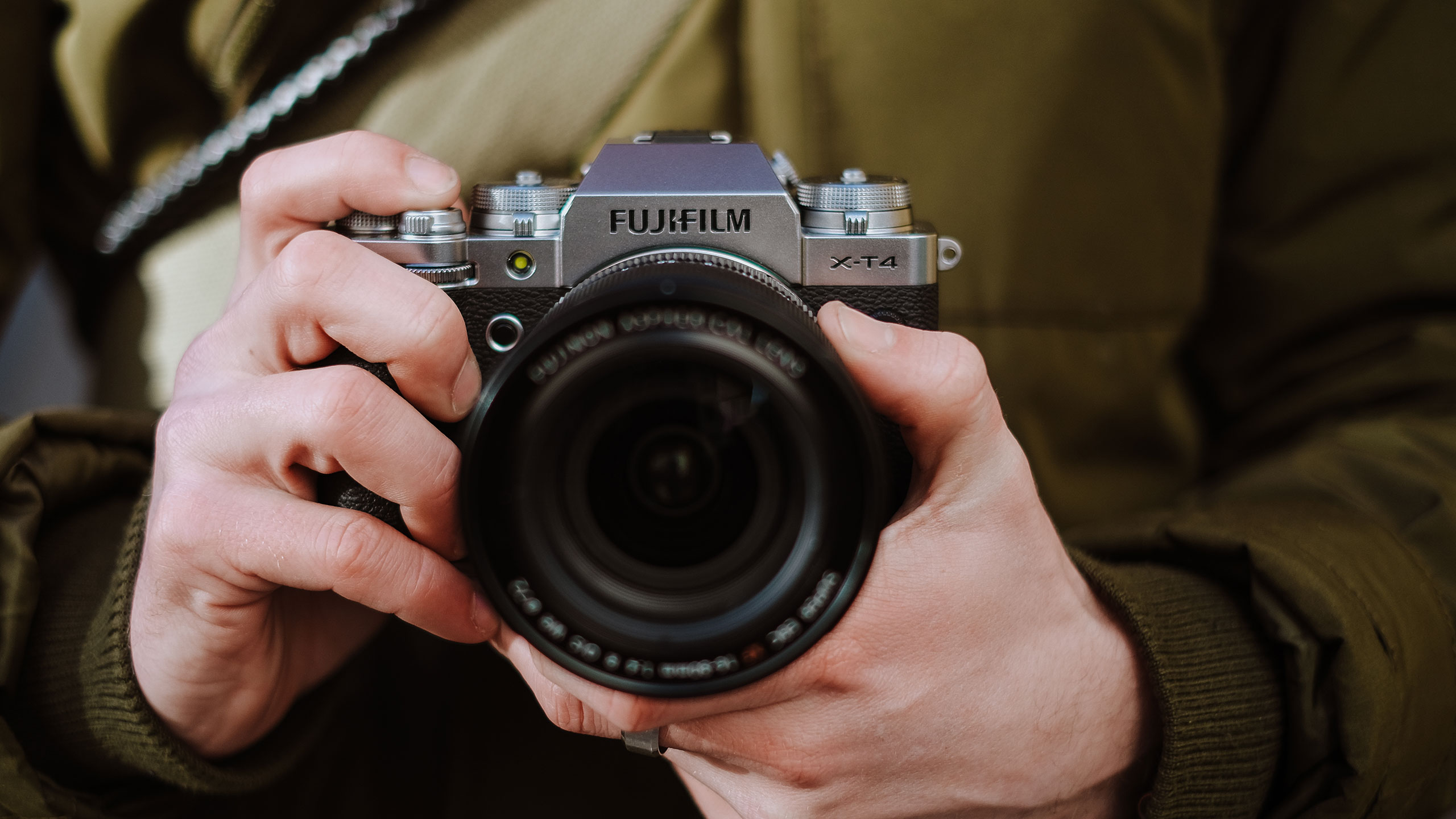Low and slow, baby! That’s just what it takes to shoot in low-light situations. Fortunately, for us as photographers and videographers, there are plenty of cameras with IBIS on the market now. What’s even better is that IBIS technology has been perfected.
So, just what does this mean for us as creators? Well, it means that shooting in challenging light situations, even with lenses that aren’t the fastest, is now easier than ever. You can lower your shutter speed, keep your ISO low and still get nice sharp images.
On top of making it easier to shoot in low light, IBIS also makes it so that we can be even more creative without having to lug around a tripod. Handheld light trails? You bet. Freeze-flowing water? Absolutely! Handheld shots of the Milky Way? In some cases, yes! IBIS will help your creativity soar!
Below, we’ve rounded up five cameras that feature the best IBIS systems that you can get your hands on today. If you shoot in low light often or if you just want to have that extra reassurance that IBIS can provide, check out the five excellent cameras with IBIS below.
One of the best cameras with IBIS — Canon EOS R6
How does capturing handheld images of the Milky Way sound? Impossible? Well, I can tell you that it is possible with the Canon EOS R6. How do I know? Because I’ve done it multiple times. With steady hands and good technique, five-second handheld exposures are possible with the Canon EOS R6. The IBIS system that Canon has come up with for its mirrorless cameras is class-leading with up to 8 stops of stabilization. When it comes to cameras with IBIS there are no other full-frame options on the market that even come close.
The Canon EOS R6 has a modest-sounding 20-megapixel sensor. However, don’t let that fool you. It can capture lots of detail and provides great dynamic range. There are dual card slots, an articulating screen, the best menu system of any camera system, and it’s built well. For the price, it’s one of the best cameras with IBIS. Here’s our review.
God-level stabilization — Olympus OM-D E-M1 III
If I told you that there are cameras that can be handheld for 10 plus seconds would you believe me? Well, it’s true. Olympus has IBIS down! They truly have made cameras that can be handheld (with the right lenses) for a Godlike amount of time. Smaller micro four-thirds sensors are easier to stabilize. This leads to the ace up the sleeve for micro four-thirds cameras. The IBIS system in the E-M1 III provides a whopping 7.5 stops of stabilization!
Having such incredible IBIS negates one of the platform’s biggest weaknesses too, which is high ISO performance. You can go slow, no, slower, no, even slower than that with your shutter speeds and still get tack sharp images. The Olympus OMO-D E-M1 III is no slouch in other areas either. A 20-megapixel sensor that produces detail-rich images, dual card slots, an articulating screen, enough weather sealing to survive the sinking of the titanic, and more awaits those who buy this camera. Here’s our review.
Shake reduction masters — Pentax K-3 III
Cameras with IBIS have been around since before the age of mirrorless cameras. Believe it or not, Pentax was perfecting the technology many years ago in its DSLR cameras. I can tell you from personal experience that the IBIS system used (known as SR or Shake Reduction) in Pentax’s world is up there with the best of them. The Pentax K-3 III has an IBIS system that delivers up to 5.5 stops of stabilization.
On top of this, the Pentax K-3 III features a 25.7-megapixel APS-C sensor, a quick autofocus system, insane amounts of weather sealing, a responsive touch screen, incredible ergonomics, a self-leveling sensor, a digital moire filter, dual card slots and a gorgeous 100% coverage Pentaprism viewfinder. All of these features combine to make the Pentax K-3 III one of the best cameras with IBIS out there. Shooting in low light with a DSLR has never been this easy!
They finally figured out IBIS with the Sony a1
Sony mirrorless cameras have had IBIS for a long time. However, its implementation has always left a lot to be desired. This all changed with the Sony a1. The IBIS system in the a1 has been completely reworked by Sony and their hard work paid off. IBIS in a camera with a 50-megapixel camera is a big deal. Higher megapixel sensors are much less forgiving than their smaller megapixel brothers.
So, to have a full-frame camera that can easily be handheld (with good technique) for one-second exposures is fantastic. The Sony a1 is a stunning technology-packed camera with bleeding-edge specs. The rapid autofocus performance, high sensor readout speeds, dual CFexpress A and UHS-II card slots, improved weather sealing, and more are now paired with a top-tier IBIS system that provides 5.5 stops of compensation. If you’re looking for cameras with IBIS and have the funds, the Sony a1 is a great choice. Here’s our review.
Cameras with IBIS — Fujifilm X-T4
After many years of Fujifilm fans requesting IBIS, Fujifilm finally delivered it in the X-T4. The wait was worth it. This workhorse APS-C camera became more versatile thanks to the IBIS system which delivers up to 6.5 stops of stabilization.
Adding IBIS to a camera that looks gorgeous and works flawlessly was the cherry on the cake for Fujifilm fans. The X-T4 has two card slots, a fully articulating screen, improved battery life, the gorgeous Fujifilm sims we’ve all come to love, enhanced weather sealing, and improved autofocus over previous models. The Fujifilm X-T4 is a camera that will now help you shoot in challenging lighting situations with ease. Read our review.
Source link








Leave a Reply